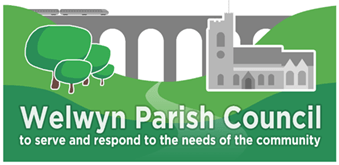Neighbourhood Plan Parish Portrait
Many Neighbourhood Plans include a “parish portrait” section, describing the overall context of that Plan and to inform generally, because despite living in an area for many years, not all residents are totally familiar with all of the area. Ours is no exception, except that we have published it as a stand-alone document. Early-on it became apparent that to do the area full justice, the Portrait would be of considerable size and so it was “spun off” from the main Neighbourhood Plan into a stand-alone volume that will support our Plan, yet provide a readable stand-alone account of our area from pre-history to the present day .
It is not intended to be a detailed visitor guide nor a comprehensive history of the area, only a description of the of the area over time, to contextualise the NP and enable the area’s character to be appreciated. In compiling the Portrait the great challenge was what to include and what to leave out. In the end, what stayed in was what helped to understand the shaping of the area, the creation of the area’s character and the maintenance of that character to the present day.
The document has a detailed Bibliography for further study if required. We hope that residents (both those who have lived here for many years and new arrivals), visitors and local scholars of all ages will find it interesting to read; if it spurs anyone to find out more about the history, archaeology, geography and points of interest about their parish area, that would be excellent; if it encourages residents to explore and enjoy the area, and to take good care of it, then it will have more than done its job.
The Parish Portrait is available to download as a complete document in .pdf format from the top left panel. You will need a copy of either Adobe Acrobat Reader or another .pdf Viewer to read the files.
